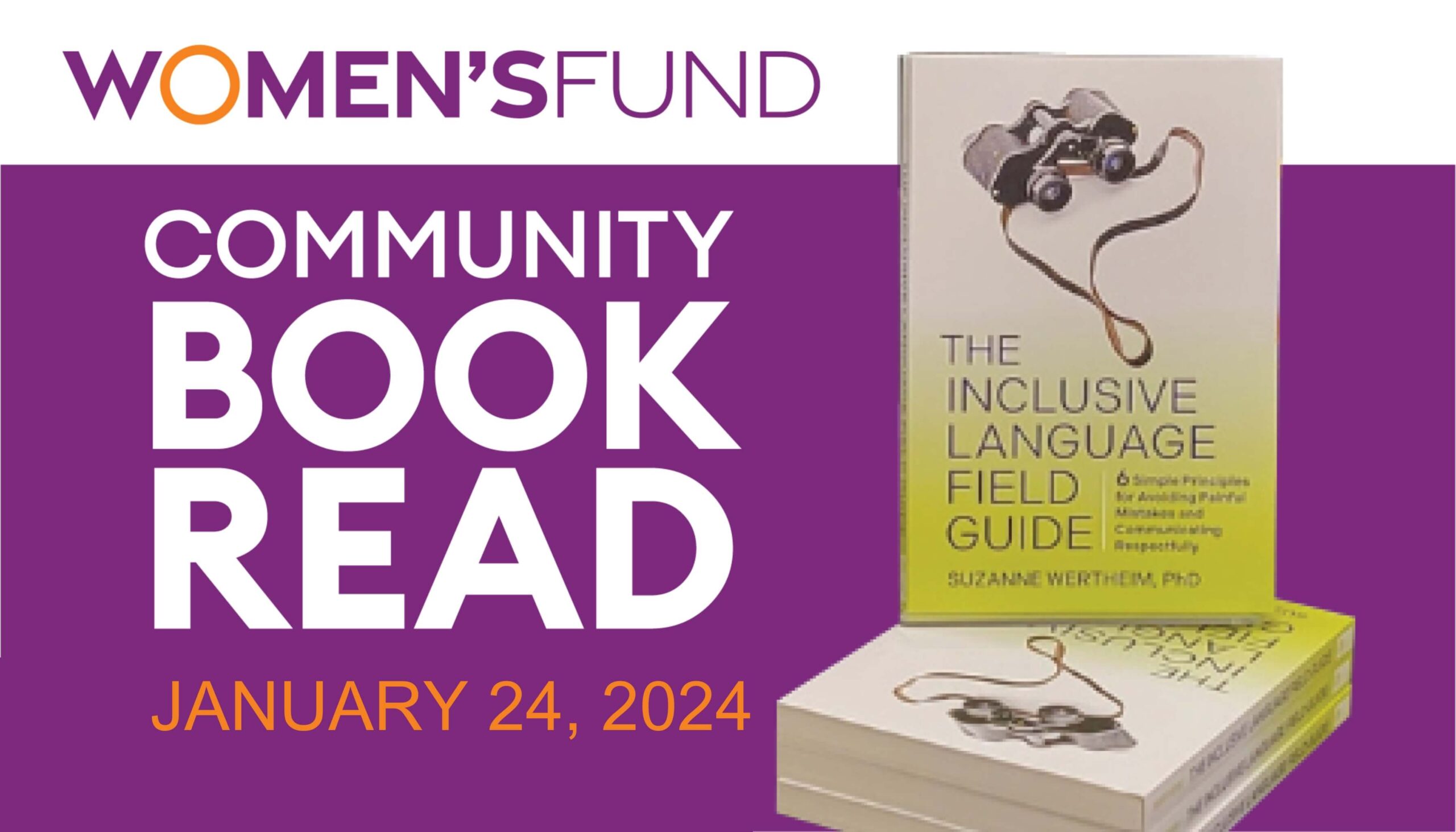6 simple principles

“The world is complicated and dynamic and filled with variety. If you can identify different kinds of language and use simple principles to explain how that language is behaving out in the world, then you are on the path to really understanding human communications — and you’re learning how to avoid accidentally poisoning someone with the verbal equivalent of a toxic mushroom.”
— Suzanne Wertheim, PhD, author of The Inclusive Language Field Guide
Through her book, Dr. Wertheim offers six easy-to-understand principles to guide any communication—written or spoken—with anyone:
Principle
No. 1
REFLECT REALITY
Inclusive language reflects reality. Problematic language distorts, ignores, or manipulates reality.
- Avoid assuming someone’s gender identity based on appearance.
- Respect and use the pronouns people provide.
- Use inclusive language acknowledging gender complexity.
- Steer clear of gender stereotypes when communicating with babies.
- Use up-to-date terminology when discussing transgender individuals and transitioning.
Principle
No. 2
SHOW RESPECT
Inclusive language shows respect for others. Problematic language expresses disrespect.
- Note the pronunciation or spelling of low-frequency names.
- Confirm the use of nicknames with individuals.
- Ask about preferred honorifics.
- Brainstorm polite, gender-neutral ways to address people.
- Be aware of gender-based naming disparities.
Principle
No. 3
DRAW PEOPLE IN
Inclusive language draws people in. Problematic language inappropriately excludes or marginalizes people.
- Utilize neutral language when discussing accessibility aids and accommodations.
- Refrain from using derogatory terms like “spaz” or “lame” when referring to people or things.
- Avoid expressing surprise at disabled individuals’ competence and capabilities.
- Reserve the term “diverse” for describing groups of people.
- Do not use racial or ethnic terms exclusively for people of color.
Principle
No. 4
INCORPORATE OTHER PERSPECTIVES
Inclusive language incorporates other perspectives. Problematic language presents a single perspective, especially the perspective of people with power as if it is universal.
- Avoid romanticizing plantations and Spanish missions, particularly in the U.S.
- Be mindful of language when discussing the COVID-19 pandemic, avoiding assumptions about everyone’s situation.
- Refrain from offering generic “Happy Mother’s Day” or “Happy Father’s Day.”
- Use “Asian” instead of “Oriental” and aim for precision in descriptions.
- Translate headlines to accurately convey the information, especially in sensitive topics like misconduct cases affecting women.
Principle
No. 5
PREVENT ERASURE
Inclusive language prevents erasure. Problematic language erases languages and histories.
- When addressing a group of adults, avoid using “ladies and gentlemen” to be inclusive of nonbinary individuals.
- Replace phrases like “hey, guys” or “you guys” with gender-neutral alternatives.
- Substitute words containing “man” or “men” with gender-neutral equivalents.
- Refrain from depicting the original inhabitants of your location as extinct without proper research on their status.
- Avoid deadnaming people.
Principle
No. 6
RECOGNIZE PAIN POINTS
Inclusive language recognizes pain points and avoids them whenever possible. Problematic language ignores or lightly references painful history and experiences and itself causes pain.
- Avoid telling Black people that they are articulate in a way that implies surprise.
- Refrain from using overly positive or heroic language when describing disabled individuals’ daily actions.
- Use terms like “primary bedroom” or “main bedroom” instead of “master bedroom.”
- Replace terms like “slave driver” with alternatives such as “stickler,” “tough manager,” or “toxic boss.”
- Avoid using mental health terms to describe people’s behavior negatively.

